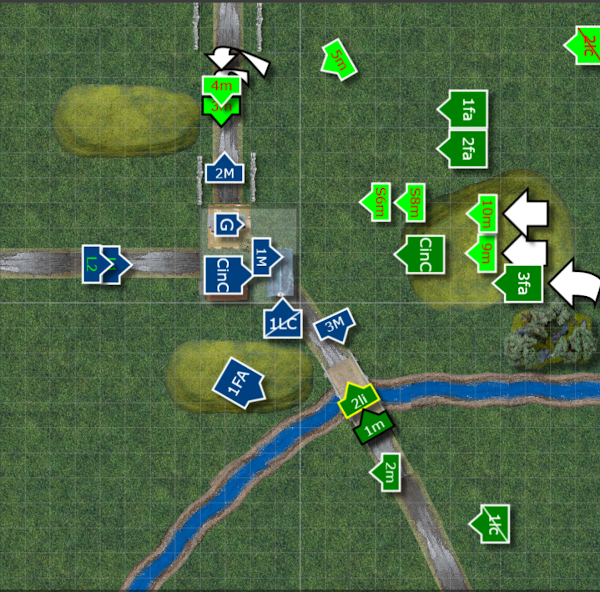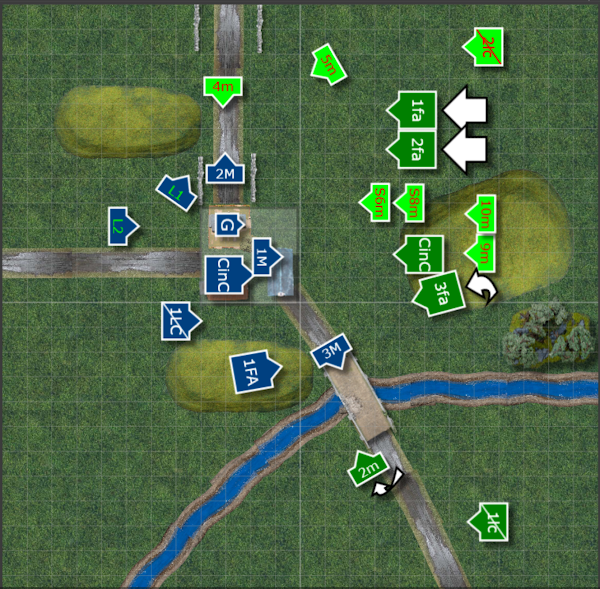The brushes are flying!
Welcome to another Royalist regiment of foot for the English Civil War project
- these guys represent 'Sir William Pennyman’s Regiment of Foote', perhaps one
of the first regiments of foot raised for the Royalist cause..
They trace their origins to a regiment first formed from the Yorkshire Trained Bands in 1638/39 and intended for service against the Scots.
Although this didn't come to anything, and they returned home before any fighting, my reading would indicate they weren't wholly disbanded, and this was the regiment that Pennyman took with him when he joined the King and his court in York in 1642.
William's cousin/half brother, Sir James Pennyman, was the regiments Lieutenant Colonel (their de facto field commander) as Pennyman (a rich man as we shall see below,) had also raised a troop of horse and took command of that.
They were then present at Nottingham at the raising of the Royal Standard, and approximately 600 strong before leaving for Edgehill via Shrewsbury. At Edgehill they were in Belasyse's Brigade [clicky] in the second line of the Royalist infantry...

|
| Courtesy/copyright "All The Kings Armies" by Reid |
..after Edgehill (and a reading of the link to Belasyse's regiment will refresh you on their role at the battle) where the regiment was commanded in the field by Sir James, Sir William being in command of the aforementioned troop of horse, they were at the capture of Marlborough (later in the year, 1642).
 |
| Alternative basing alignment ... what do you think? |
 |
| Traditional alignment |
Regrettably, Sir William (who had only just been given the post of governor of Oxford) died of the plague the next year but James took the Colonelcy, and under him they fought at Newbury and the next year at Copredy Bridge (1644) before being moved into the west country where they fought in the Lostwithiel campaign (1644). Sir James then retired (I'd love to know why, but can't find anything), and under a new Colonel (Sir Richard Page) they were present at the storming of Leicester (1645) and Naseby (1645) where Page was captured and the regiment all but destroyed.
 |
| ..love those bandoliers/Apostles |
..and what of Sir William?? Well he was born in 1607, and was the illegitimate son of William Pennyman a Clerk in Chancery. He was educated at Christ Church, Oxford and then Inner Temple (so he was trained in the law). He was recommended by Strafford (and he repaid his debt by later voting against Strafford's attainder), and became a JP, the Deputy Lord Lieutenant of Yorkshire and a member of the Council of the North. Pennyman who as we saw was a lawyer, held an office in the arbitrary court of Star Chamber which was worth a full £2000 p.a. (something like a half a million sterling in today's money - based on RPI)
He was also hideously rich as a result of owning the rights on alum mining (a mineral compound vital to paper making and other things) on the estates his father had bought a third share of in 1616 (Marske, Yorkshire - Redcar/Cleveland area).
Pennyman then married Ann Atherton, granddaughter of
Katherine Conyers and heiress to the remaining two thirds of the estate, on which he built Marske
Hall in 1625. They had no children and she was to die the year after him in 1644.
He was created a Baronet by Charles on 6 May 1628. He served as High Sheriff of Yorkshire in 1635-1636 before becoming Deputy Lieutenant later. He was Member of Parliament for Richmond 1640-1642 in both the Short Parliament and Long Parliament but was barred from sitting in 1642.
..and the figures - they are from my early buy-in on the new Steel Fist range [clicky] - they are lovely figures, almost painted themselves, and spoilt only by the fact that I had to fit my own pikes - I hate doing that! They are slightly smaller in size and heft than my usual Peter Pig choice, but have bags of character... uniform choice is contrary to most painted examples you see on the web, but there are little or no sources on what the regiments on either side wore at Edgehill, and the only thing we have on this regiment of any certainty, is that they probably got an issue of either red or blue uniforms in Oxford the year after the battle, so I chose red just... because... 😀 Similarly, the flag reference is from considerably later in the war, but I thought it looked good so went with it..
Sources:
- http://www.1643.net/history-of-the-regiment.html
- http://wiki.bcw-project.org/royalist/foot-regiments/sir-william-pennyman
- https://en.wikipedia.org/wiki/Sir_William_Pennyman,_1st_Baronet
-
http://catalogue.hullhistorycentre.org.uk/files/u-dpe.pdf
- Pennyman family history
- Unpublished essay on Pennyman by Phil Philo (a fellow Battlefields Trust member) - I thought it was very good, Phil!




















































